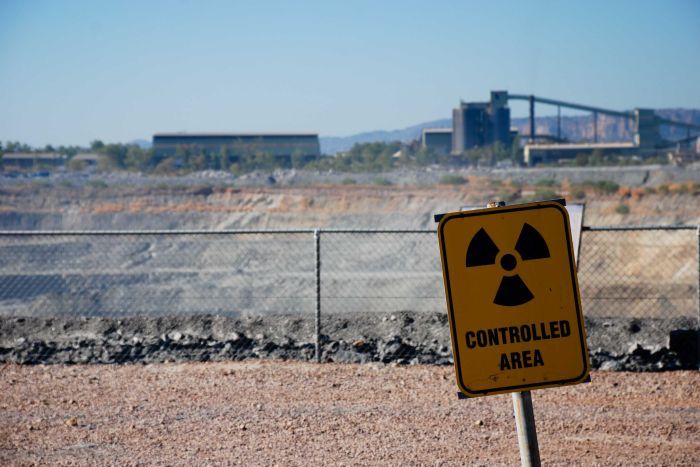
The issue of nuclear weapons is deeply connected to issues of imperialism, racial and gender inequality, and environmental justice. Part of what makes the new Treaty on the Prohibition of Nuclear Weapons a game changer is its emphasis on the humanitarian consequences of these weapons. This humanitarian focus has helped elucidate the connections between nuclear weapons and these much larger systems of domination.
The humanitarian framing of the treaty is particularly evident is the treaty’s preamble, which emphasizes the indiscriminate and global humanitarian consequences of nuclear weapons, and calls attention to the disproportionate impacts nuclear weapons have had on indigenous communities, women and girls. Article 6 of the treaty establishes victim assistance and environmental remediation as a responsibility of all states. Under Article 6, each state is expected to assist communities impacted by nuclear weapons production, use, and testing, and to remediate affected environments within their jurisdiction. In other words, the treaty acknowledges the impact nuclear weapons states have had on vulnerable communities around the world, and is working to establish a norm in international law that builds toward a universal responsibility to support affected communities. This is an important tool in our global social justice arsenal.
The harm created through nuclear weapons production, use, and testing has disproportionately impacted indigenous communities and has been concentrated in locations distant from the nuclear armed states themselves. Some 70 percent of the uranium for nuclear weapons is mined on Indigenous lands. The mining process is incredibly destructive to local environments and exposes adjacent communities to potentially deadly levels of radiation.
Nuclear weapons have been tested in 60 locations across the globe, predominantly in remote areas on, or adjacent to, Indigenous territories. The legacy of production, testing, and use will continue to affect generations of people exposed to nuclear weapons, including the thousands of US “atomic veterans” poisoned during testing. The International Physicians for the Prevention of Nuclear War estimate that 2.4 million people worldwide will eventually die from cancer due to their exposure to radiation from the thousands of atmospheric nuclear tests conducted between 1945-1980.
Nuclear armed states never declared war on the millions of victims of our “peacetime” nuclear weapons industry, yet they are the invisible casualties of that industry.
Throughout the US, there has been a revival of movements highlighting social and racial justice, which are challenging an economic and political system benefiting a few at the expense of the many. Perhaps most notable has been the relaunch by civil rights activist Reverend Barber of Martin Luther King Jr.’s Poor People’s campaign. The campaign calls for a grassroots moral revival that unites people across racial, class, and cultural groups to challenge the interlocking systemic evils of racism, inequality, ecological devastation and militarism.
The goal of the campaign is nothing short of a morally transformed society that honors “the dignity of every person.” Nuclear weapons are part of the interlocking system of domination that the Poor People’s Campaign is actively challenging. One concrete step toward the ‘moral revival’ they are calling for is to express support for the Treaty on the Prohibition of Nuclear Weapons and to call on people across the country to get behind a platform of nuclear abolition.
